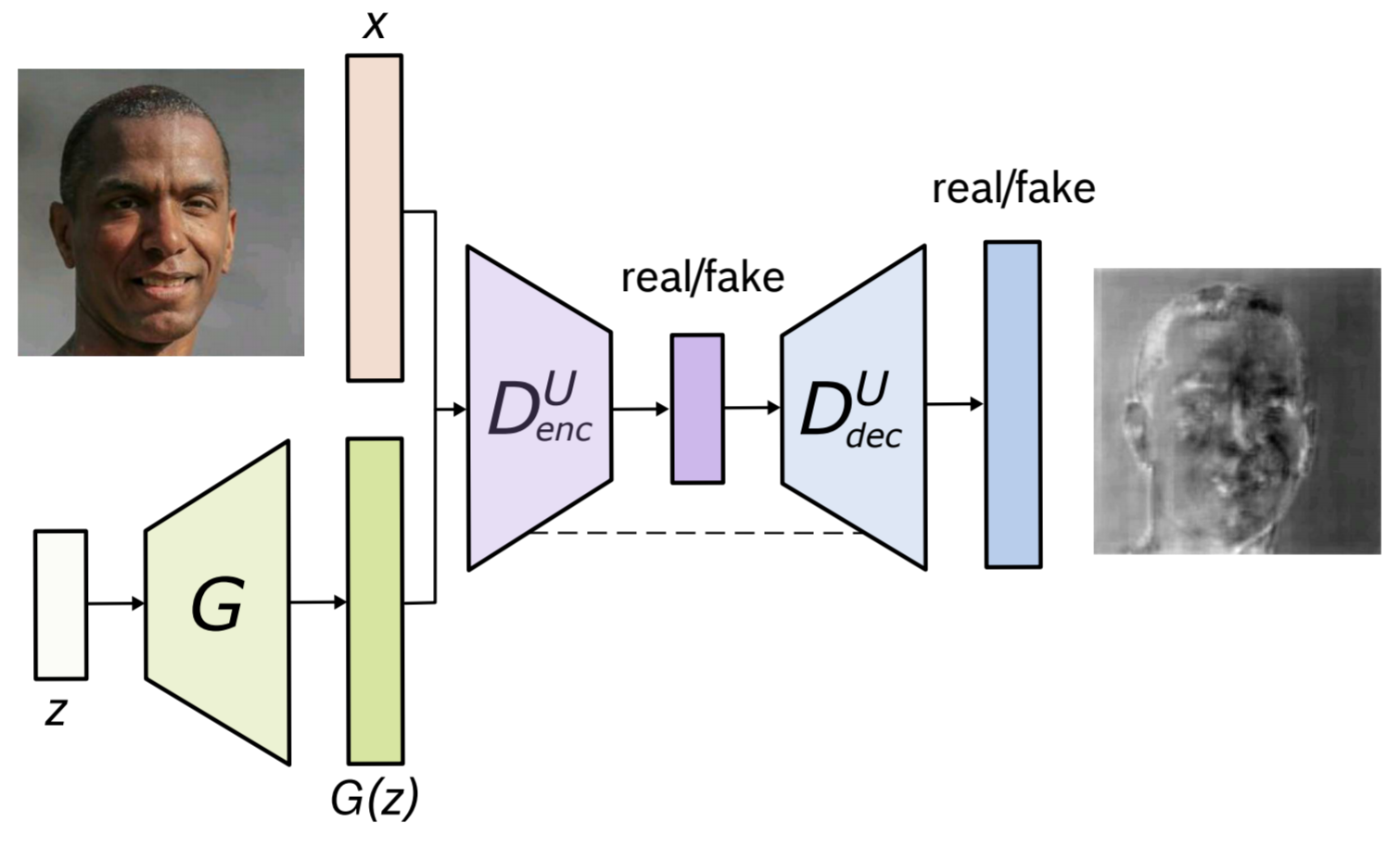
LSM stands for long-stable, stable memory cell. Its key benefits are its ability to reduce the occurrence of exploding gradients and its ability to learn longer-term dependencies. Its application in neural networks has made it possible to apply it to many sequence learning problems including classification, regression, recognition, and classification. Here are a few uses of LSTM. More information is available below. (*). Explanation of LSTM
LSTM stands for a memory cell
The LSTM, a type of neural networks that use a sigmoid neuroarchitecture to represent memories, is a type. Typically, a LSTM consists in two layers: input and output gates. The input gates read the ht and Xt input values and output 0-1 or 1 for a cell in its state. The output gates (or "gates") are the recurrent connections.
It can help to reduce exploding gradients
This can lead to large fluctuations in weight loss between model updates, and can cause weights swell to very high levels during training. This problem is more severe if the error gradient for each layer and node is consistently greater than 1.0 during training. You can find best practices to help you solve this problem. Here are three suggestions:
It can be applied to many sequence learning issues
LSTMs can be applied in many areas and are highly effective at solving sequence learning problems. They are neural networks with the ability to learn and adapt to changing situations, as their names suggest. The authors of LSTM state that it is "uncomplicated to understand" and is ideally suited for learning from sequences. According to them, LSTM has been used successfully for a variety sequence learning issues including text-to–sequence translators.

It is based upon softmax activation
Softmax activation refers to a generalization for the logistic function, which transforms input values into probabilities. It can be applied to any type of data, even negative or positive. It can also be applied to a wide range of values, including all values between 0 and 1.
FAQ
Which AI technology do you believe will impact your job?
AI will replace certain jobs. This includes drivers, taxi drivers as well as cashiers and workers in fast food restaurants.
AI will lead to new job opportunities. This includes those who are data scientists and analysts, project managers or product designers, as also marketing specialists.
AI will make it easier to do current jobs. This includes jobs like accountants, lawyers, doctors, teachers, nurses, and engineers.
AI will make it easier to do the same job. This includes salespeople, customer support agents, and call center agents.
Which industries use AI more?
The automotive industry is among the first adopters of AI. For example, BMW AG uses AI to diagnose car problems, Ford Motor Company uses AI to develop self-driving cars, and General Motors uses AI to power its autonomous vehicle fleet.
Banking, insurance, healthcare and retail are all other AI industries.
What does AI mean for the workplace?
It will change our work habits. We'll be able to automate repetitive jobs and free employees to focus on higher-value activities.
It will improve customer service and help businesses deliver better products and services.
It will help us predict future trends and potential opportunities.
It will help organizations gain a competitive edge against their competitors.
Companies that fail AI adoption will be left behind.
Statistics
- By using BrainBox AI, commercial buildings can reduce total energy costs by 25% and improves occupant comfort by 60%. (analyticsinsight.net)
- In the first half of 2017, the company discovered and banned 300,000 terrorist-linked accounts, 95 percent of which were found by non-human, artificially intelligent machines. (builtin.com)
- According to the company's website, more than 800 financial firms use AlphaSense, including some Fortune 500 corporations. (builtin.com)
- More than 70 percent of users claim they book trips on their phones, review travel tips, and research local landmarks and restaurants. (builtin.com)
- In 2019, AI adoption among large companies increased by 47% compared to 2018, according to the latest Artificial IntelligenceIndex report. (marsner.com)
External Links
How To
How to setup Google Home
Google Home is a digital assistant powered by artificial intelligence. It uses sophisticated algorithms, natural language processing, and artificial intelligence to answer questions and perform tasks like controlling smart home devices, playing music and making phone calls. Google Assistant allows you to do everything, from searching the internet to setting timers to creating reminders. These reminders will then be sent directly to your smartphone.
Google Home integrates seamlessly with Android phones and iPhones, allowing you to interact with your Google Account through your mobile device. You can connect an iPhone or iPad over WiFi to a Google Home and take advantage of Apple Pay, Siri Shortcuts and other third-party apps optimized for Google Home.
Like every Google product, Google Home comes with many useful features. Google Home can remember your routines so it can follow them. It doesn't need to be told how to change the temperature, turn on lights, or play music when you wake up. Instead, you can just say "Hey Google", and tell it what you want done.
To set up Google Home, follow these steps:
-
Turn on Google Home.
-
Hold the Action button in your Google Home.
-
The Setup Wizard appears.
-
Select Continue
-
Enter your email and password.
-
Click on Sign in
-
Google Home is now available